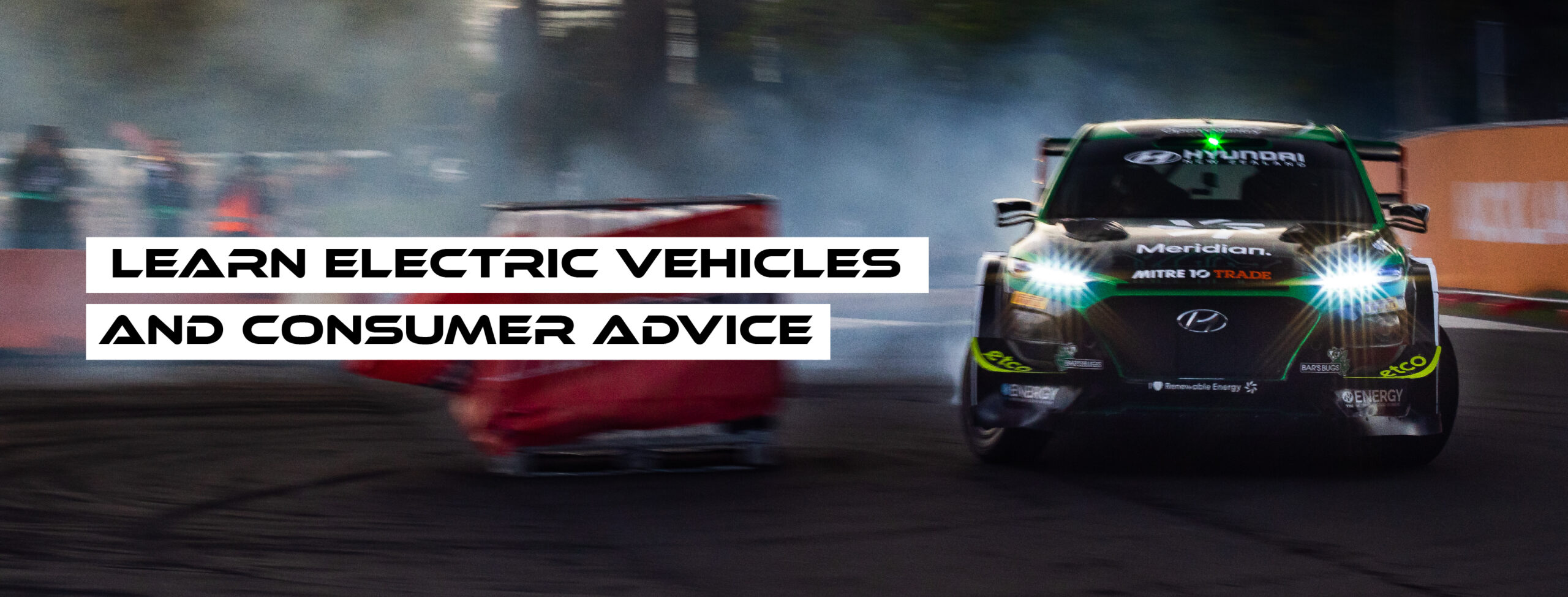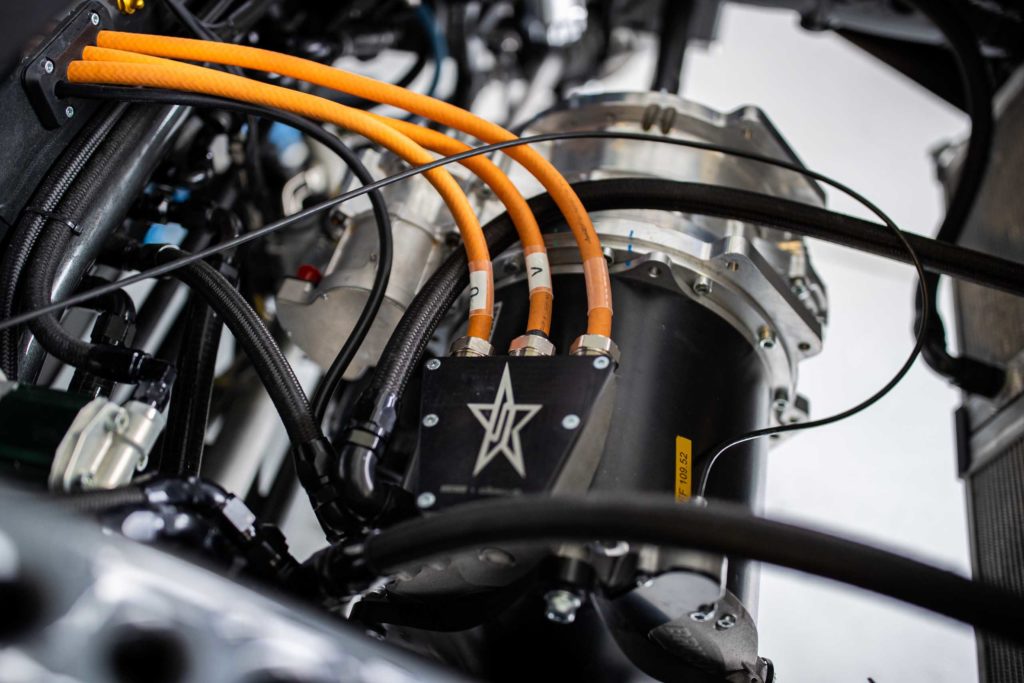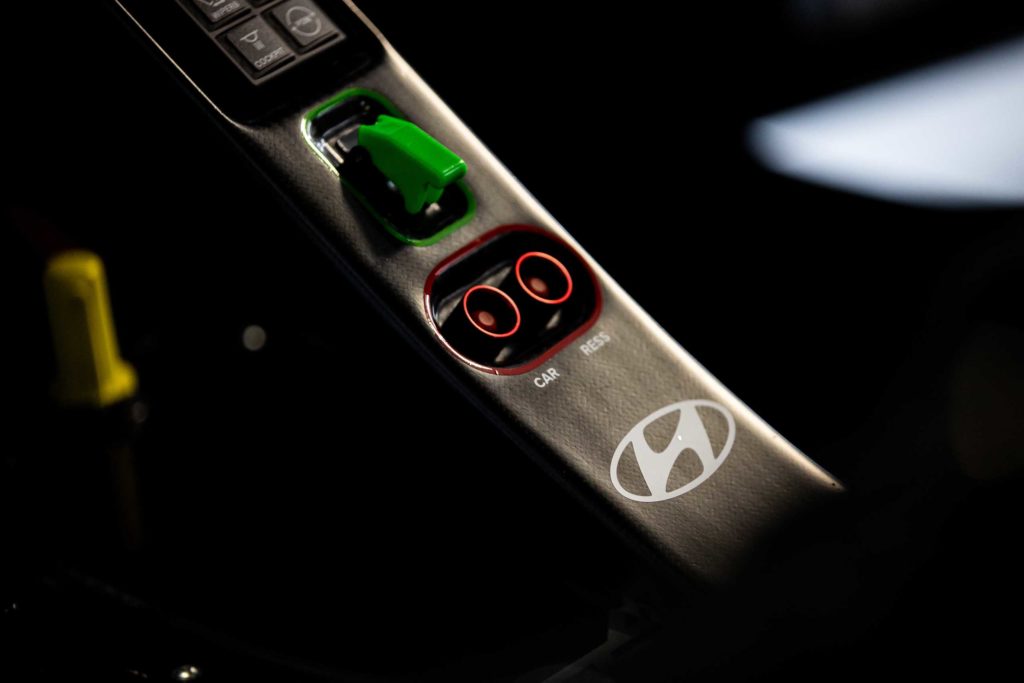
Electric Vehicles
Why EV?
In 2017, Hayden Paddon embarked on a journey to develop one of the world’s first EV rally cars.
But why?
Motorsport has been in my blood since I was able to walk. I love cars, noise, entertainment and the andrenaline rush that it all brings.
But most of all, I like going fast.
With modern day technology in ICE cars, development is getting slower as we start hitting walls in how far development can go with the current technology. After some research, it’s very easy to see the capabilities of EV technology – both now and in the future – far outweigh ICE, in allowing the cars we drive to ultimately go faster.
Motorsport is about the business of going as fast as possible for an automobile, and EV technology is a new beginning for taking automotive performance to the next level.
While motorsport is a business driven by performance, it is clear that EV technology also has many other benefits – particularly in New Zealand, a country that is producing mostly renewable energy.
Hyundai New Zealand also have an ever-increasing range of EV vehicles coming to the market which, when coupled with a growing infrastructure and awareness of EV, means it is on a quick trajectory upwards.
Hyundai New Zealand has been locally distributing award-winning Hyundai vehicles since 1983.
They are committed to clean mobility here in NZ championing electric vehicles (EV’s) and alternative fuel technologies. Hyundai NZ introduced its first electric vehicle the IONIQ in 2017, followed by the Kona Electric in 2018 of which both have been award-winning and top sellers. They continue to lead the way in EV innovation, and the development of the Kona Electric rally car has been a passion project for them.
Hyundai NZ is 100% Kiwi owned and all their dealers are 100% NZ operated.
That’s something they’re pretty proud of.
Check out Hyundai NZ range of electric vehicles here:
What are the Benefits?
We all know EVs are good for the environment, but that’s not the only reason to switch to an Electric Vehicle.

Slash greenhouse gas emissions
EVs emit 80% less CO2 than an equivalent petrol vehicle when being driven in New Zealand because electricity generated here is typically at least 80% renewable (mostly from hydro, geothermal and wind).

Lower lifecycle emissions

No more petrol station visits

Cheap to run

A quick & quiet ride

Plug into any power point
Charge your EV inside or outside, in any weather. (Just ensure your equipment is designed for use in New Zealand, and for the conditions in which it will be used.)
How do I charge?
Changing from a petrol/diesel to the electric car means you may have to think a little differently about owning and running a car. But electric vehicles in most cases are more practical and better on the wallet. Something as simple as charging can be done at home or on your commute, with charging stations every 75 kilometres.
Charging your Electric Vehicle at Public Chargers
Electric Vehicles are an ever-developing product. From range to usability, EVs have grown exponentially over the last decade. But with more to go, you can find plenty of comfortable locations to top up your battery.
Charging your Electric Vehicle at Home Chargers
The smarter way to charge. It’s fast, it’s safer and it manages power when you are using other appliances in your home. The smart charger is the at-home solution to your recharge.
How do they perform?

Instant torque
EVs have an ideal torque curve, from 0% throttle cars are capable of 100% torque. This is why electric vehicles are some of the fastest accelerating production cars available. Now imagine this on gravel…

Energy efficiency
Thermal efficiency is the efficiency of energy used between the motors and motion in your vehicle. Where a I/C car produces heat, sound and friction the EV uses a fraction of the energy. Meaning an I/C car may have as little as 35% energy efficiency compared to an EV’s 85%.

Limited moving parts
Much like a home-cooked meal, the simpler the better when it comes to the automotive industry. Comparing an EV to its ancestors, the technology has limited moving parts, meaning a more reliable vehicle.

Strong power density
Comparing I/C with EV, the later features a higher power density. This being the power to weight within the motor.

Independent front and rear










